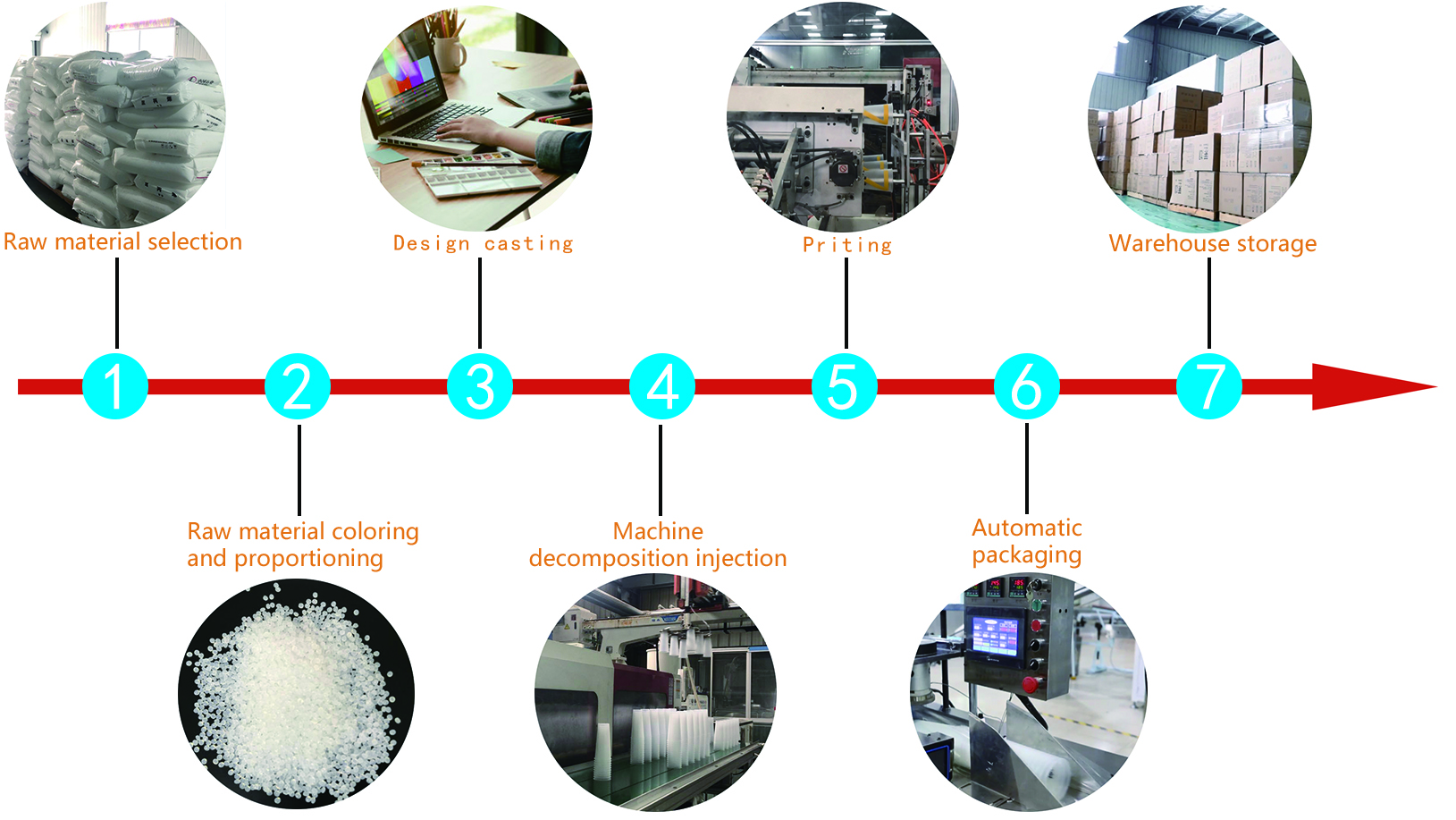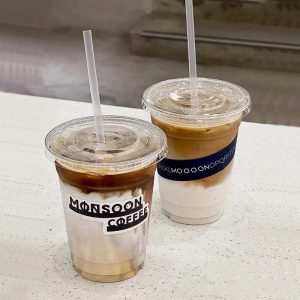Plastic Coffee Cups: Charting a Sustainable Course for Future Generations
Introduction:
Plastic coffee cups are charting a sustainable course that goes beyond mere environmental responsibility; they are building a legacy of change for future generations. As the world faces pressing ecological challenges, these cups are at the forefront of a transformative journey, embracing innovation and collaboration to create a lasting positive impact on the planet. In this article, we will explore how plastic coffee cups are charting a sustainable course for a brighter and more sustainable future.
1. Eco-Innovations Driving Change:
The sustainable course of plastic coffee cups begins with eco-innovations that redefine their purpose. Manufacturers are pioneering advancements in materials, opting for biodegradable, compostable, and even edible plastics, derived from natural sources. These cups break down harmlessly, leaving no trace of pollution, thus safeguarding the environment for future generations.
2. Circular Economy: A Commitment to Regeneration:
Plastic coffee cups are committed to the principles of the circular economy. By adopting closed-loop systems, these cups are designed to be endlessly recyclable and repurposable. Embracing circularity means a reduced demand for raw materials, less waste, and a more sustainable coffee culture that leaves a positive legacy for future generations.
3. Empowering Responsible Consumption:
Sustainability goes hand in hand with empowering responsible consumption. Plastic coffee cups are advocates of reusable culture, encouraging coffee enthusiasts to embrace reusable options. By offering incentives and creative designs, these cups empower individuals to take ownership of their environmental impact and pass on this ethos to future generations.
4. Fostering Environmental Stewardship:
Beyond their immediate impact, plastic coffee cups are fostering environmental stewardship in the coffee industry and beyond. Collaborating with various stakeholders, these cups engage in tree planting initiatives, beach clean-ups, and educational programs. By nurturing a sense of environmental stewardship, they inspire future generations to cherish and protect our natural resources.
5. Sustainable Partnerships for Collective Action:
The sustainable course of plastic coffee cups hinges on forging sustainable partnerships for collective action. Manufacturers, coffee shops, consumers, and environmental organizations come together in a united front to drive change. Through cross-sector collaboration, these cups cultivate a culture of shared responsibility, ensuring a sustainable legacy for future generations.
6. Inspiring Innovation for Tomorrow:
Plastic coffee cups inspire a culture of innovation that transcends the present. Constantly pushing the boundaries, manufacturers invest in research and development to create even more sustainable alternatives. Their dedication to innovation ensures a sustainable legacy that will endure for generations to come.
Conclusion:
Plastic coffee cups are not only embracing sustainability; they are charting a sustainable course that will leave a lasting impact for future generations. With eco-innovations, circular economy practices, responsible consumption advocacy, environmental stewardship, sustainable partnerships, and a culture of innovation, these cups embody the potential for positive change. As we raise our coffee cups, let us toast to the inspiring journey of plastic coffee cups and their commitment to a sustainable legacy for our children and grandchildren. Together, with plastic coffee cups as our guiding light, we can navigate the path towards a thriving, sustainable, and harmonious world for the generations yet to come.















